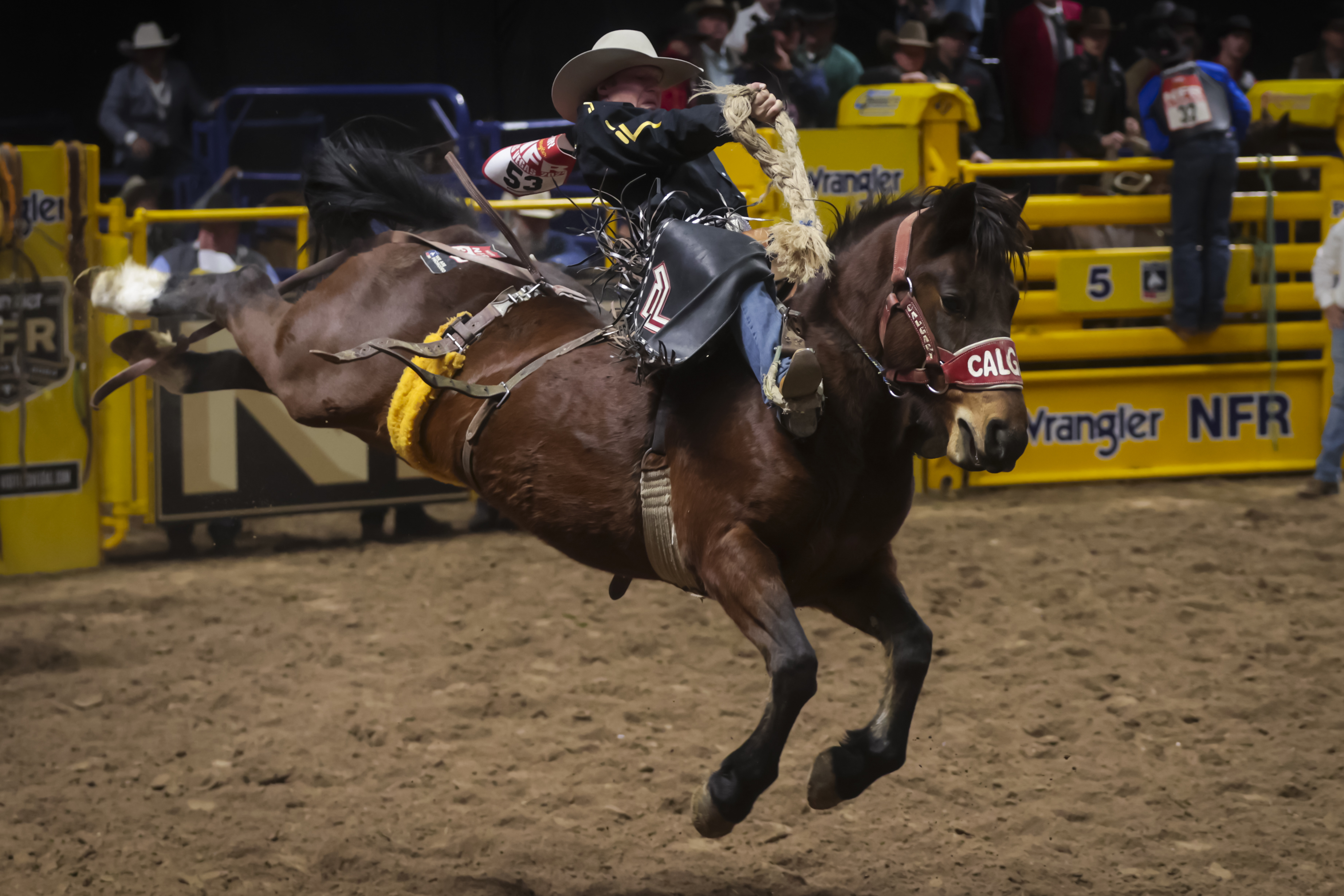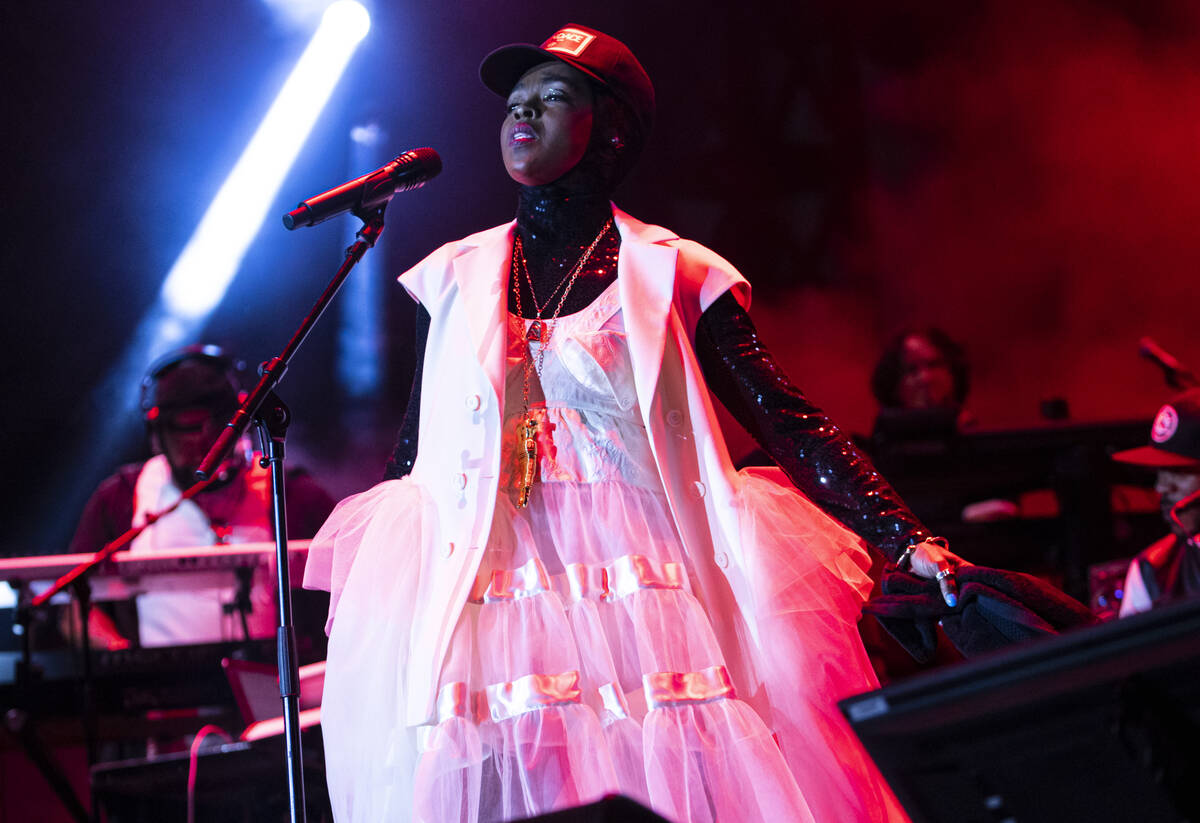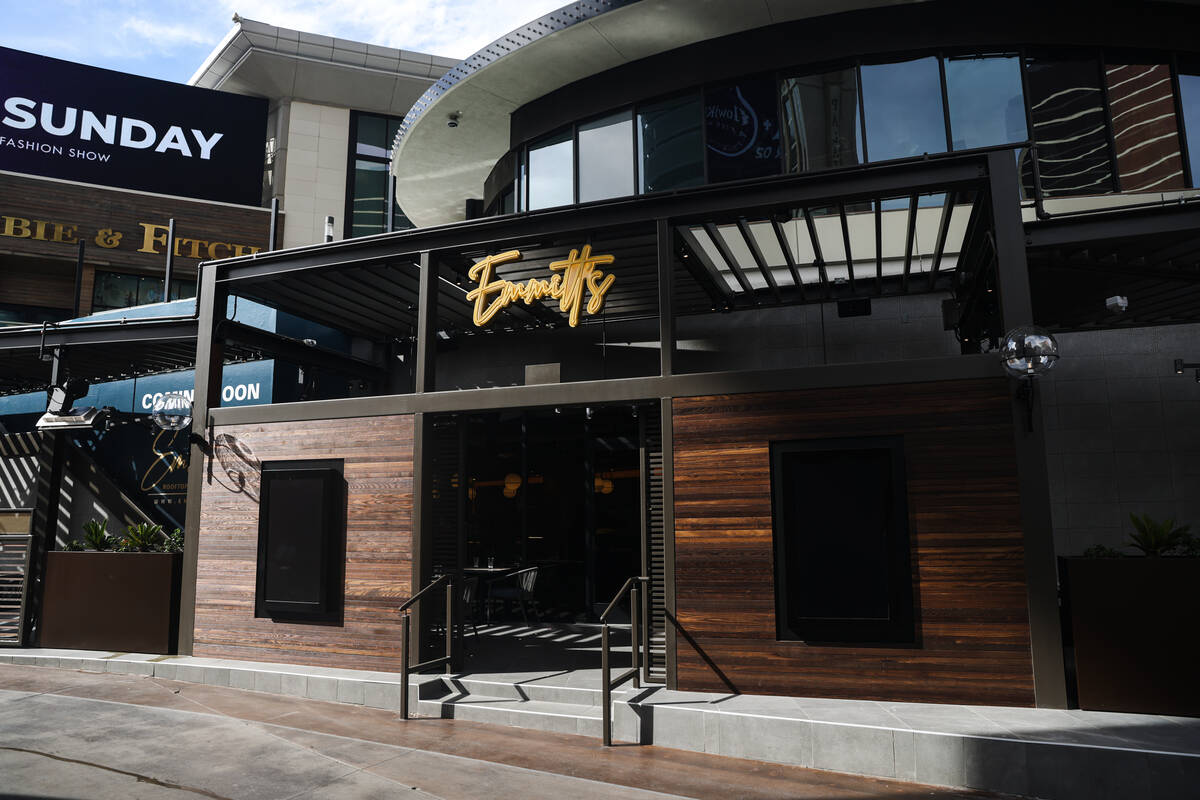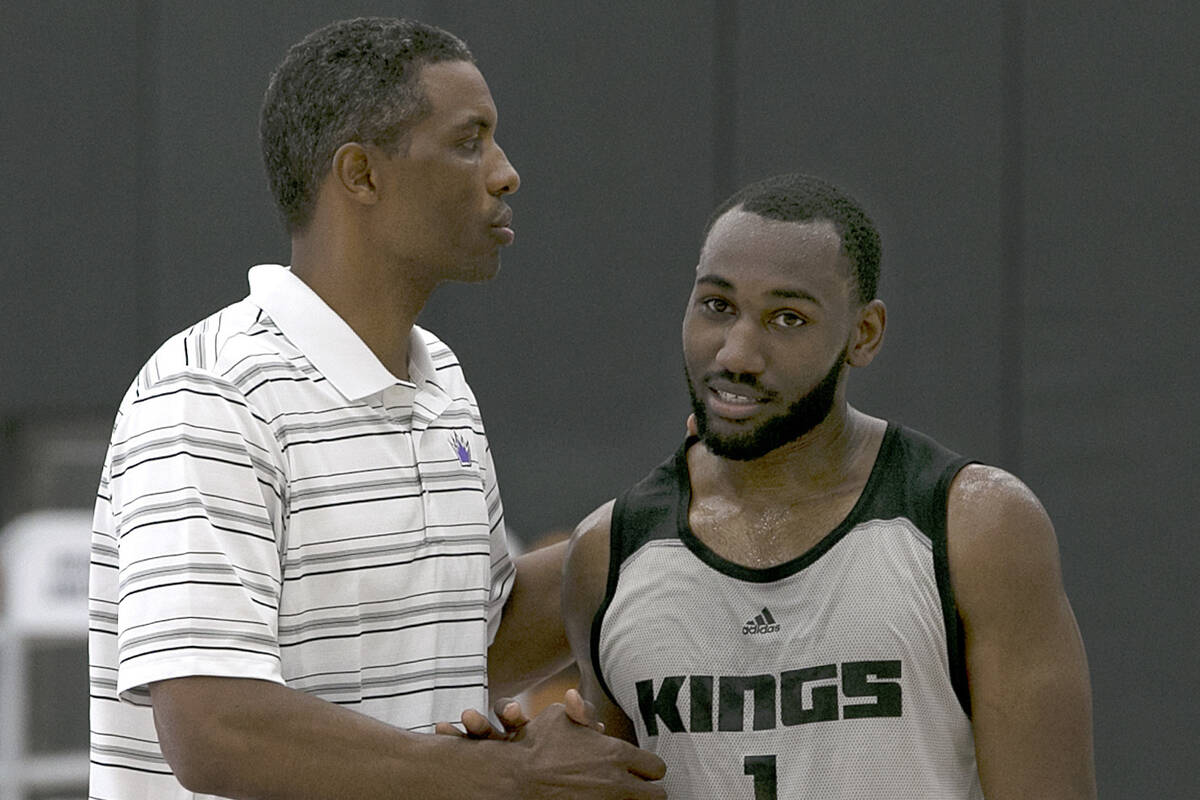Downtown Summerlin, now packed with stores and shoppers, was once abandoned
from: ReviewJournal.com
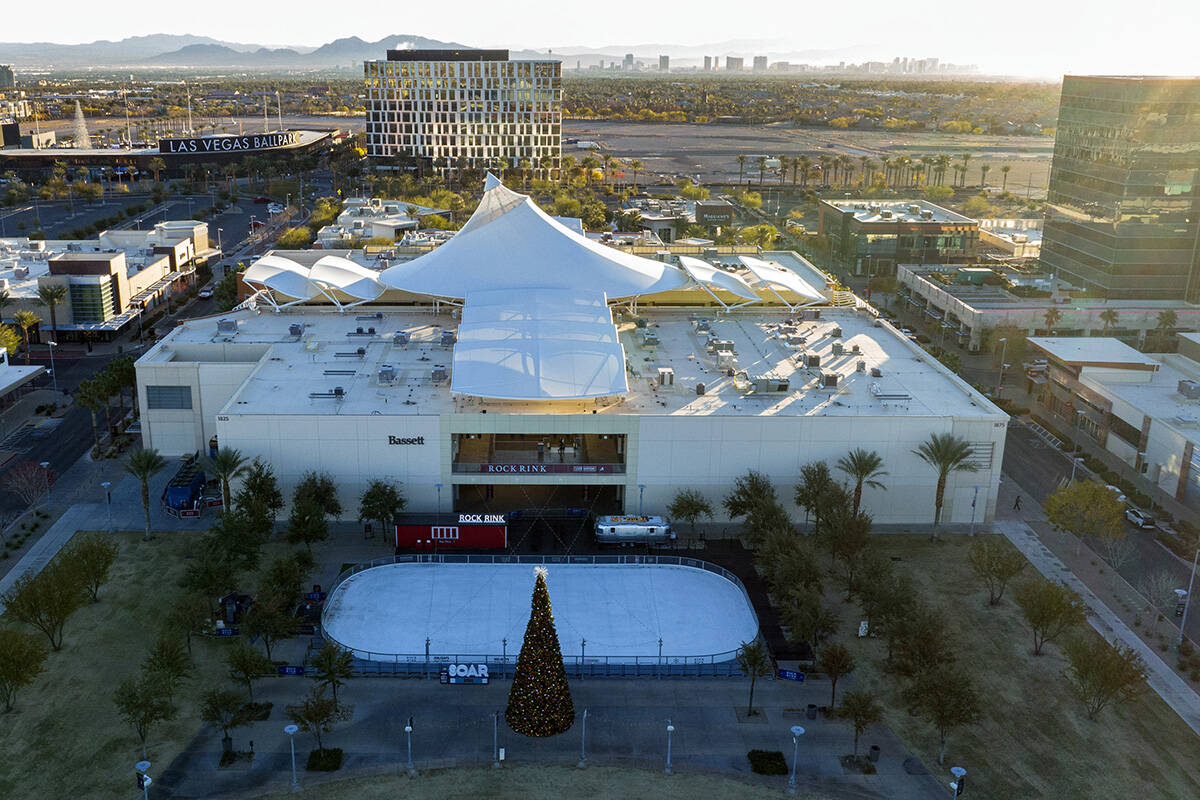
Packed with retailers, shoppers and diners, Downtown Summerlin is a bustling destination.
But 15 years ago, the 106-acre outdoor mall at Sahara Avenue and the 215 Beltway in Las Vegas’ Summerlin community had a very different look: It was collecting dust as an abandoned, partially built victim of the Great Recession.
Here’s a look at the suburban property’s history, marked by construction that started, stopped and restarted; name changes; corporate buyouts and spinoffs; increased development nearby; and waves of new tenants.
All told, Downtown Summerlin draws more than 20 million visitors annually and features 125 retail and dining brands, said Andy Ciarrocchi, senior vice president of management and operations for developer Howard Hughes Holdings.
He also described DTS, as the property is sometimes called, as a central gathering place for the Las Vegas Valley due to its programming. It hosts art festivals, a weekly farmers market and other events that attract big crowds.
“Downtown Summerlin’s trajectory is remarkable,” Ciarrocchi said.
Economic crash
Summerlin, which spans 22,500 acres along the valley’s western rim, boasts more than 120,000 residents and some of the highest home prices in Southern Nevada. Texas-based Hughes Holdings sells land in Summerlin to homebuilders and has developed hundreds of millions of dollars worth of projects in the heart of Las Vegas’ biggest master-planned community.
The company’s namesake, Howard Hughes, the famed aviator, business tycoon and recluse, acquired the land now known as Summerlin in the 1950s. He died in 1976.
Summerlin started taking shape in the early 1990s, and Hughes’ heirs sold the Howard Hughes Corp. in 1996 to Maryland developer Rouse Co. in a $520 million deal.
Chicago mall giant General Growth Properties acquired Rouse in a $12.6 billion deal in 2004 as the real estate bubble inflated. In 2006, it unveiled detailed plans for “Summerlin Centre” at Sahara Avenue and the Beltway, saying the project would include retail, eateries and offices spread across 100 acres, according to a news report at the time.
The project landed a big-name retailer in 2007 when upscale chain Nordstrom said it planned to open a two-level, 149,000-square-foot department store there.
Construction got underway. But the bubble soon burst, the economy crashed into the worst recession in decades, and real estate projects throughout Southern Nevada were halted or otherwise derailed, including in Summerlin.
General Growth stopped construction on the mall in 2008, leaving a steel skeleton off the side of the freeway.
‘Capital and courage to stay the course’
General Growth filed for bankruptcy protection in 2009, and as part of its exit from bankruptcy in 2010, it spun off The Howard Hughes Corp. as a separate company with control over Summerlin and other communities and properties around the country.
The new owners let the unfinished mall, now known as the Shops at Summerlin Centre, collect more dust amid the battered economy. Then in September 2012, the company announced that Macy’s was joining the project, confirming the massive development was back on track. By then it was called the Shops at Summerlin,
Construction resumed, and many other businesses signed on to open locations there, including grocery chain Trader Joe’s and department store Dillard’s. Nordstrom never opened, but its discount wing Nordstrom Rack did.
David Weinreb, then-CEO of The Howard Hughes Corp., slammed the company’s predecessor in a letter to shareholders in March 2014, saying the Shops at Summerlin was an “abandoned mall site” whose former owners invested than $150 million before they suspended construction during the financial crisis.
“It had an all-star line-up of tenants and if previous management had the capital and courage to stay the course, despite how badly Las Vegas was hit by the downturn, it would be a fortress mall today,” Weinreb wrote.
The “Shops” name was eventually dropped, and Downtown Summerlin debuted in October 2014, drawing more than 250,000 visitors during four days of grand-opening festivities.
Total development costs of the 1.4 million-square-foot project surpassed $400 million.
Corporate shakeup
The mall, which features a nine-story office building in the middle, marked the first phase of the 400-acre Downtown Summerlin “mixed-use urban core,” according to the developer, which opened other projects near the shopping-and-dining destination.
The Howard Hughes Corp. developed apartments, office buildings and the 10,000-person capacity Las Vegas Ballpark, home of the Las Vegas Aviators minor-league baseball team, which the company also owned. The stadium was backed by an $80 million naming-ri
For photos and more details visit ReviewJournal.com

